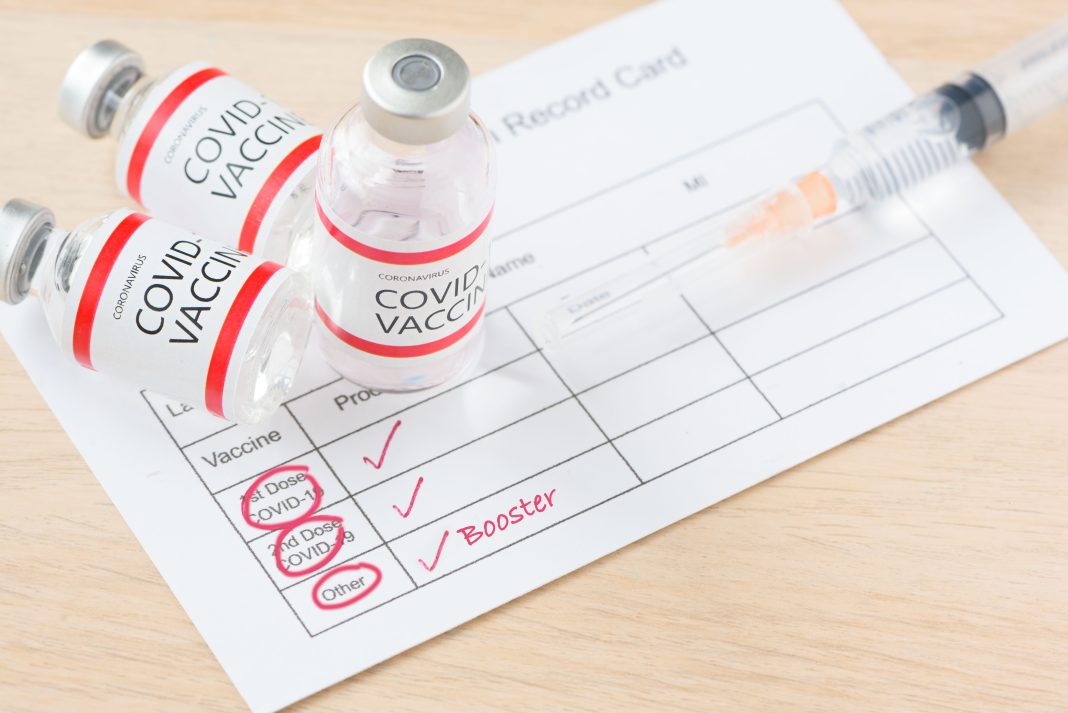Healthcare around the world depends on the production of pure biopharmaceuticals. To be effective, those purification processes must be fast, robust, and affordable. By using non-affinity-based methods, Krishna Gulla, PhD, searches for solutions that meet those objectives in his work at the vaccine production program of The Dale and Betty Bumpers Vaccine Research Center, which is part of the U.S. National Institute of Allergy and Infectious Diseases (NIAID).
To purify a product, a bioprocessor can pick from two general methods: affinity and non-affinity. Affinity-based methods use “a highly specific ligand that can bind reversibly to the target protein,” Gulla explains. A non-affinity-based method relies on generally available chemicals and other off-the-shelf components. So, chemicals for non-affinity-based methods are easy to source, and “they cost a fraction of what an affinity resin costs,” Gulla says.

In 2021, Gulla and his colleagues reported on non-affinity purification of an HIV vaccine. After identifying an antigen, the scientists developed a system of filtration, chromatography, and viral-clearance steps—all based on non-affinity approaches with commercially available materials. This approach produces a 99% pure product. Plus, this method can be scaled up and used in GMP production. “If it is not robust and it’s not scalable, there is no point,” Gulla says.
For comparison, Gulla discusses an affinity-based method that collected 3.5 grams of vaccine from 200 liters of cell-culture solution, and the non-affinity method produced 9 grams. Plus, the resins for the affinity-based method can cost up to ten-fold higher than the non-affinity-based approach.
In 2020, Gulla and his colleagues explored non-affinity purification of the spike protein in SARS-CoV-2, and they published the results in 2022. “We were able to screen available non-affinity chromatography resins available in the market using high-throughput tools,” Gulla says. From that, the scientists developed a method of non-affinity purification that produces a 94% pure product.
From work like this, Gulla and his colleagues pave the wave for battling future healthcare emergencies. “We’re showing them how to quickly screen chromatography resins and how to conduct the needed research,” Gulla says. “The same models can be employed when the next pandemic kicks in.”


